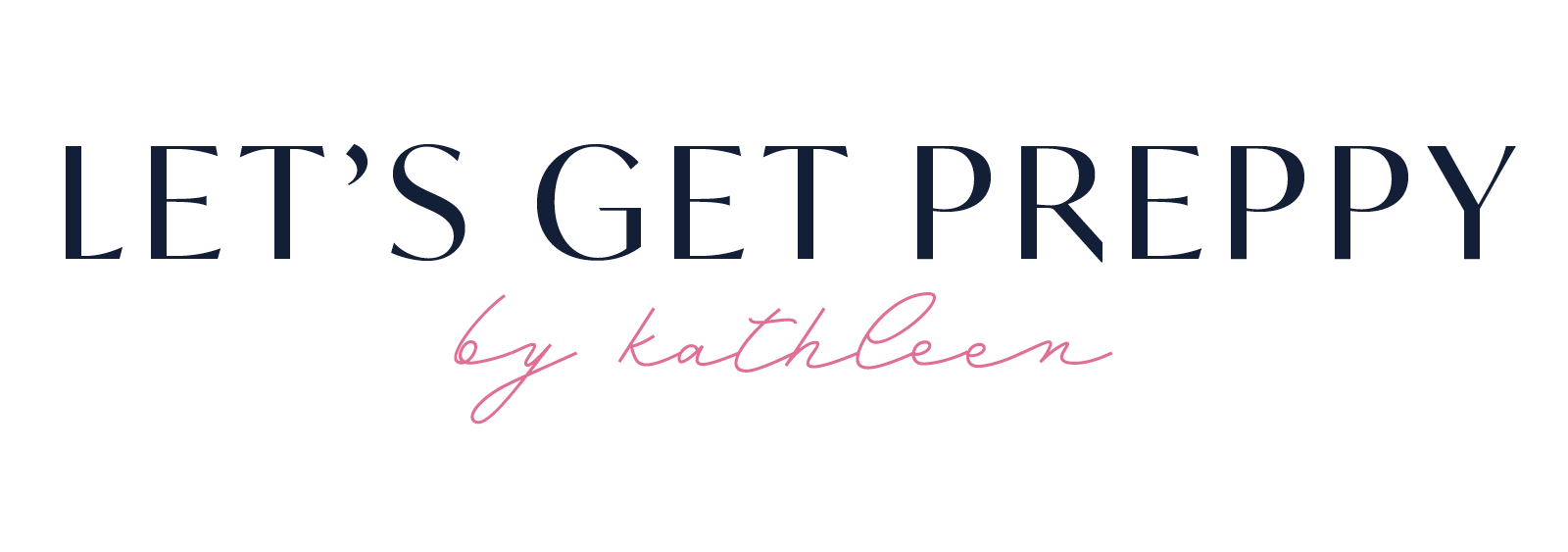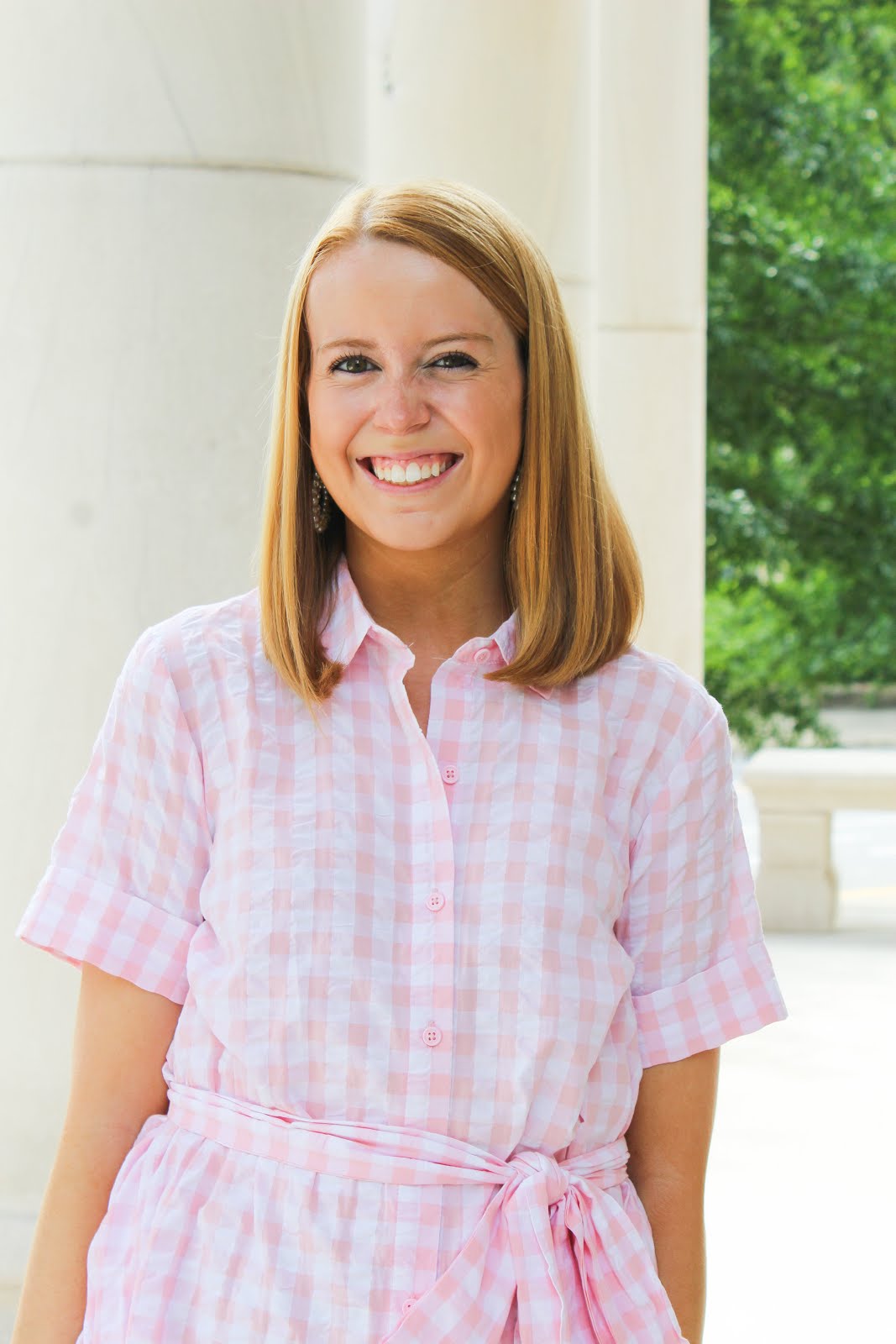One item that helped make my room feel more like home was adding a headboard to my bed frame. Instead of just a mattress and decorative pillows sitting against a wall, the headboard made it look much more like a bed and completed the look.
While there are plenty of options out there to purchase a headboard, I decided to make my own. And much to my surprise, it was relatively easy! While it definitely takes some time, this was a great summer project to work on prior to heading to school.
My mom and I watched several videos on the best way to assemble a DIY headboard. We incorporated techniques from a variety of suggestions. I was so happy with the final product and was thrilled it stayed together the whole year. If you choose to make your own headboard too, below I've shared a step-by-step guide for building my headboard.
1. Cut the shape.
For my headboard, I used two layers of heavy cardboard from a furniture box. Looking back, I would recommend using a half inch piece of plywood instead as it would hold staples better. I chose the cardboard to reduce the weight for transporting it to school. However, the cardboard did not hold the staples as well as plywood, and the wood would make the assembly process easier. I also glued two yardsticks vertically to the back to give it extra support due to its height.
My headboard was 40 inches wide and 43 inches tall. There were a few elements I kept in mind when deciding on the dimensions of my headboard. First, I looked up the measurements for the bedframe of my dorm bed. I wanted it to be as wide as my bed and knew it would sit on the bedframe behind my mattress. I also wanted it to be tall enough that my monogram would sit above my pillows. I then needed to consider its size to be sure it fit in the back of my car for transporting to school. At each stage of construction, I placed it in the car to check its size.
While some headboards are clean rectangles, I knew I wanted to add a little more shape to mine. So, I decided to add the cut outs on the top corners. I measured to draw 3 inches off of the top and side corners. I used a bowl to trace the same shape on each side and create a smooth edge. When I cut the entire shape of the headboard out of the cardboard, I made little tweaks on these corners to make them as symmetrical as possible. It's important to have a good shape here, but don't spend too much time on perfecting the edges – it will be covered with the padding and loses some of the smooth edge.
2. Cover with padding.
I wanted to be able to lean up against my headboard and for it to be comfortable. So, I chose to cover my headboard with padding. Foam padding sold at the fabric store is expensive. I purchased a less expensive mattress pad for a California King mattress and cut the foam mattress topper into two pieces. I placed the flat side of one piece of the topper on the cardboard and stapled it with a staple gun to the cardboard. Then I placed the second piece of the mattress topper flat side out and stapled it to the cardboard. I wrapped both pieces of foam around the back and stretched and stapled it down.
It's important the foam is wrapped as tightly as possible so that it is smooth on the front. I highly recommend laying the foam padding on the ground, placing the cardboard on top and lining the cardboard up so that you can ensure the padding will wrap around symmetrically. This step requires a lot of staples, but it's important that this layer sticks prior to adding any fabric on top of it. I may have added more than necessary, but I never had any problems with the padding coming apart, so it paid off in the long run!
In the online tutorials that I reviewed, others did not wrap the foam around to the back and instead added a layer of batting to create rounded edges. This would have provided more definition to the curves, but I personally liked the additional thickness that the foam provided.
3. Cover the padding with fabric.
I then placed fabric over the foam. I purchased duck cloth from the upholstery section of the fabric store. This was a heavier fabric that could stand up to day-to-day wear. I wanted to add a little personalization to my headboard, so prior to assembling the headboard I had the fabric monogrammed. I went to a local commercial embroidery company because the size of the monogram was 10 inches.
It is important to have two people for this part. One person should be in charge of lining up the fabric and holding it in place, while the other staples the fabric to the back of the board. I carefully lined up the monogram, held the board upright and put in a few staples to hold the fabric in place. Then I turned the board over (facing down) to fully secure the fabric. My mom pulled the fabric very tight while keeping it lined up and I stapled the fabric in place on the back. If I thought I had used a lot of staples in the previous step, this one required even more. I wanted to make sure the assembly would not come apart in transporting it to Tuscaloosa or even after I had moved in to my room. Once I had the front fabric secure, I glued a few pieces of scrap fabric to cover the back, making sure none of the staples remained visible.
4. Get ready to transport.
Once I finished the headboard, I covered it in plastic furniture wrap so that it would not get dirty when I was moving it into my dorm. This also helped prevent anything from scratching or cutting the fabric during the moving process!
I loved how it turned out. It provided a pop of color against the beige walls, and the double layer of foam provided plenty of cushion, making it soft to lean against when I studied or sat up in bed.
Are you making your own headboard for your dorm? Have you made a headboard in the past and have any recommendations? I'd love to hear!
xo,
Kathleen
P.S. Please don't hesitate to reach out if you have any questions, I'd be more than happy to help!














Very cute! How did you secure it in the dorm?
ReplyDeletefor the dorm headboard.. how did you secure it to the wall?
ReplyDelete